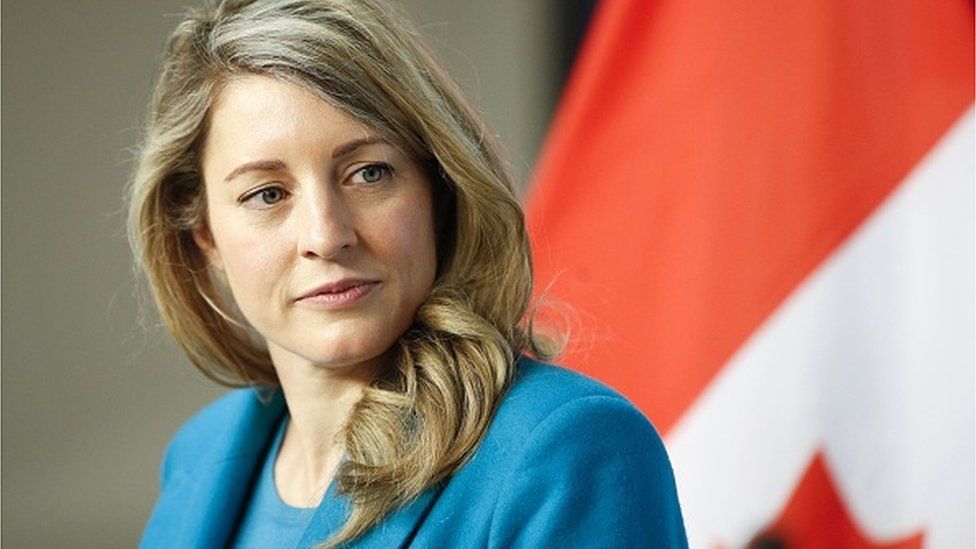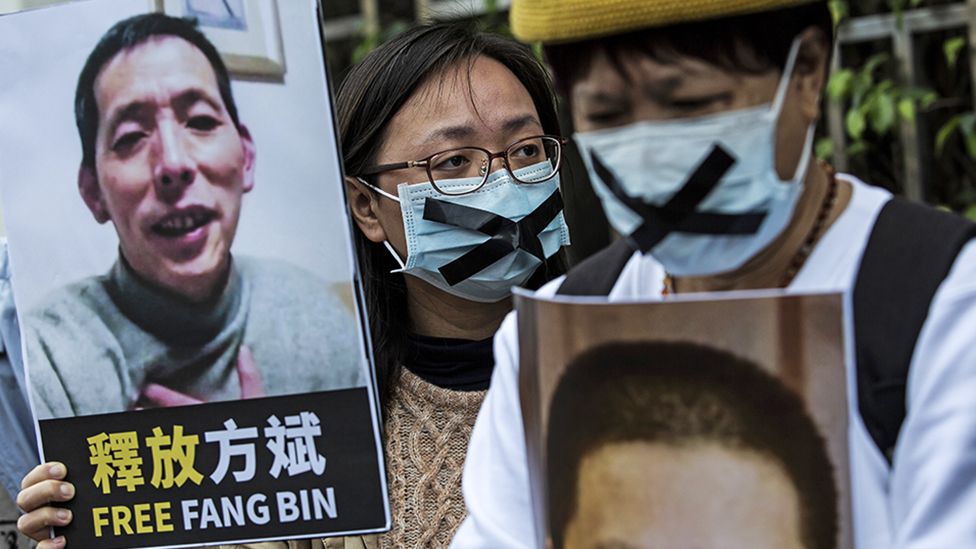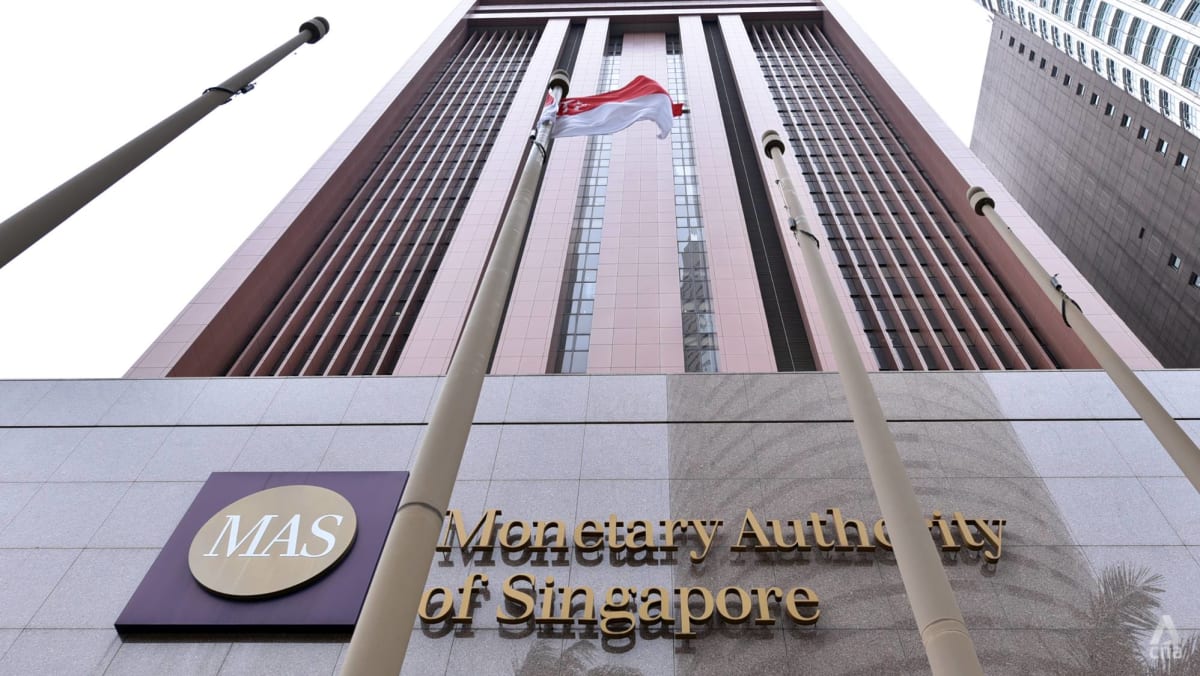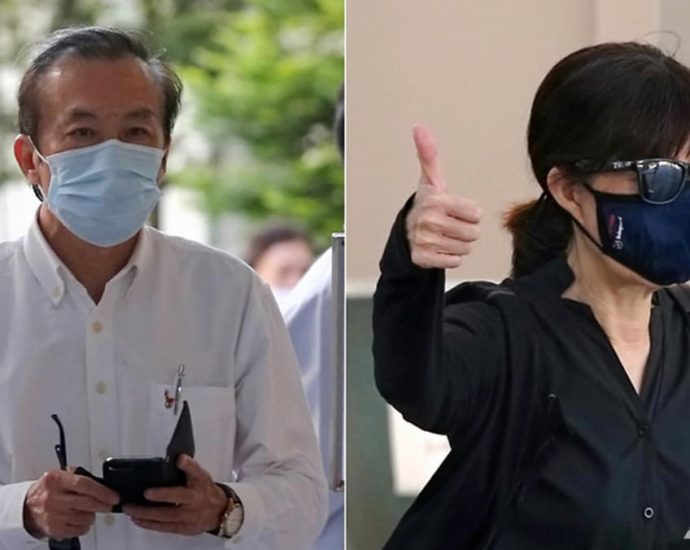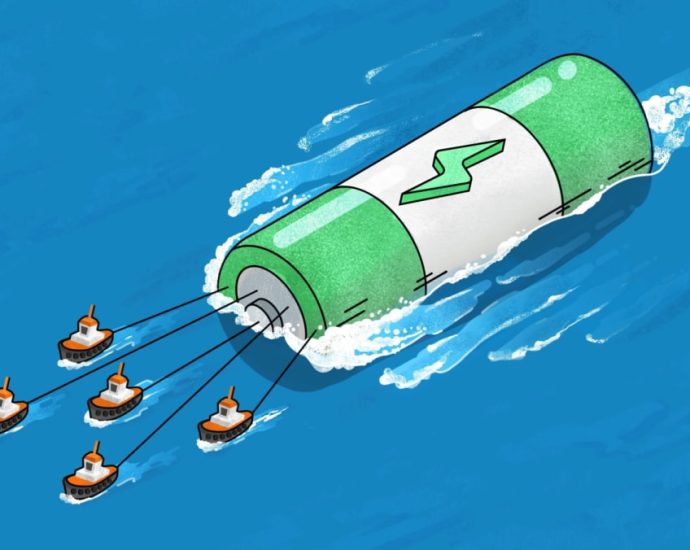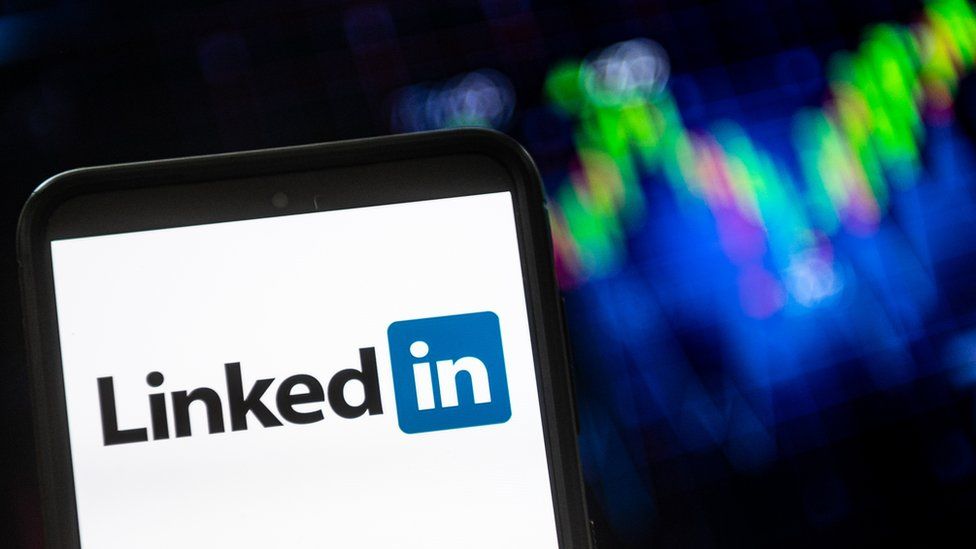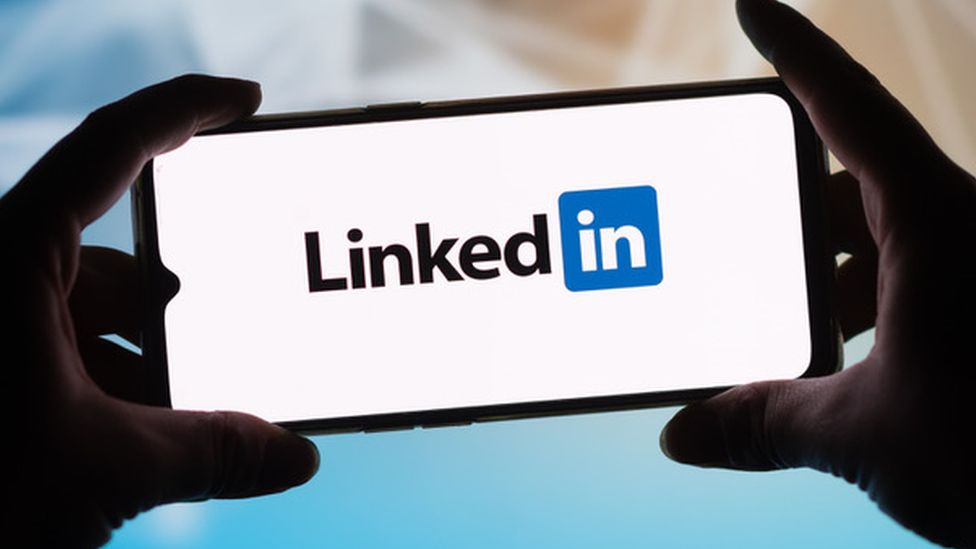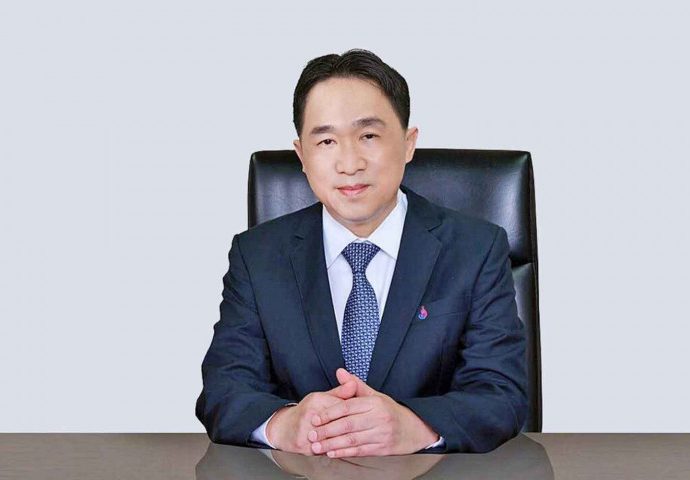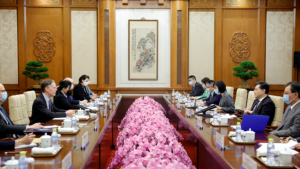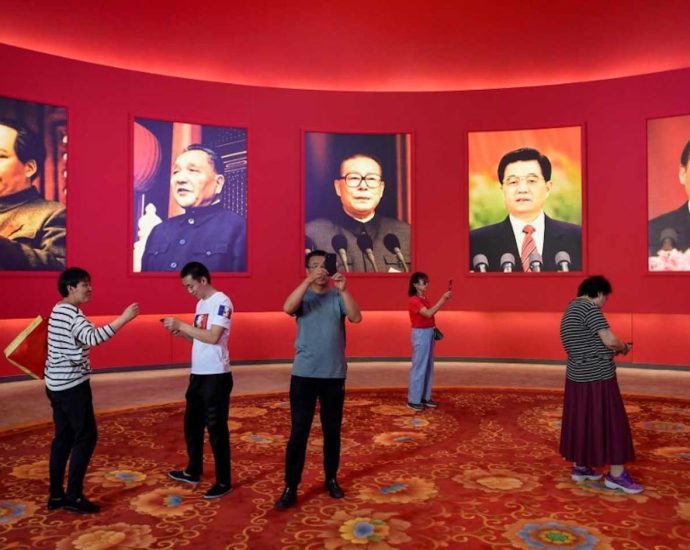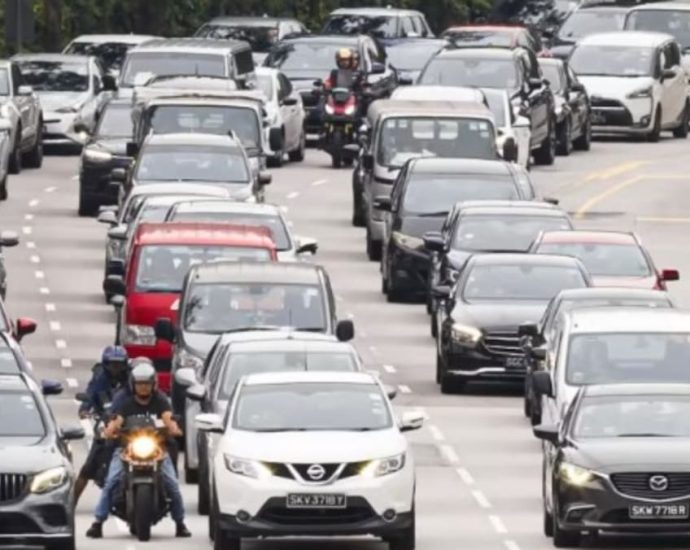Cheng Lei: 1,000 days imprisoned in China for an unknown reason
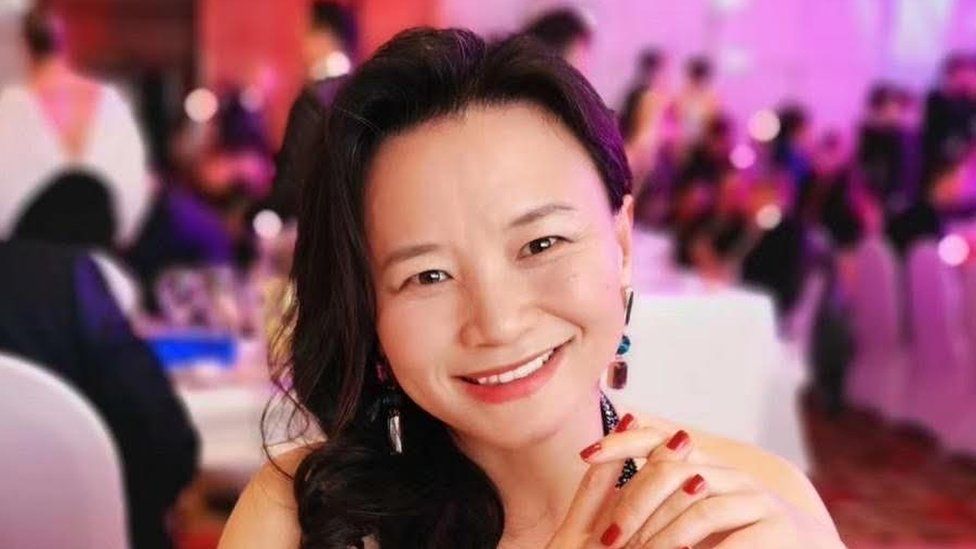 Nick Coyle
Nick Coyle“One thousand days is a shockingly long time in detention,” says Nick Coyle.
He is speaking about his partner, Australian journalist Cheng Lei, who remains in a Chinese prison. The details of the charges against her are still a secret and she has not been sentenced.
Like Ms Cheng’s other friends and family, Mr Coyle says he still has no idea what she is supposed to have done to warrant this treatment.
“I would call upon the relevant authorities in China to resolve this awful situation as quickly as possible,” he tells the BBC.
Cheng Lei was working as a business reporter at China’s state-run English language television station CGTN when she was suddenly grabbed by state security officers on 13 August 2020, and later accused of “illegally supplying state secrets overseas”.
Her first six months were spent in solitary confinement, being placed in stress positions and, though being interrogated, with no access to a lawyer.
Since then, she has been held with other prisoners.
Her trial took place in March last year behind closed doors. Even Australia’s Ambassador to China Graham Fletcher was denied entry.
But her sentencing has been postponed again and again.
Calls by the BBC to the Beijing Second Intermediate People’s Court, where her trial was held, went unanswered.
Mr Coyle – the former chief executive of the China-Australia Chamber of Commerce – has now left Beijing but continues to work from overseas for her release.
“I took China’s ambassador to Australia, Xiao Qian, at his word in January when he expressed hope ‘that a solution will come as soon as possible’,” Mr Coyle says. “Five months later we are still waiting”.
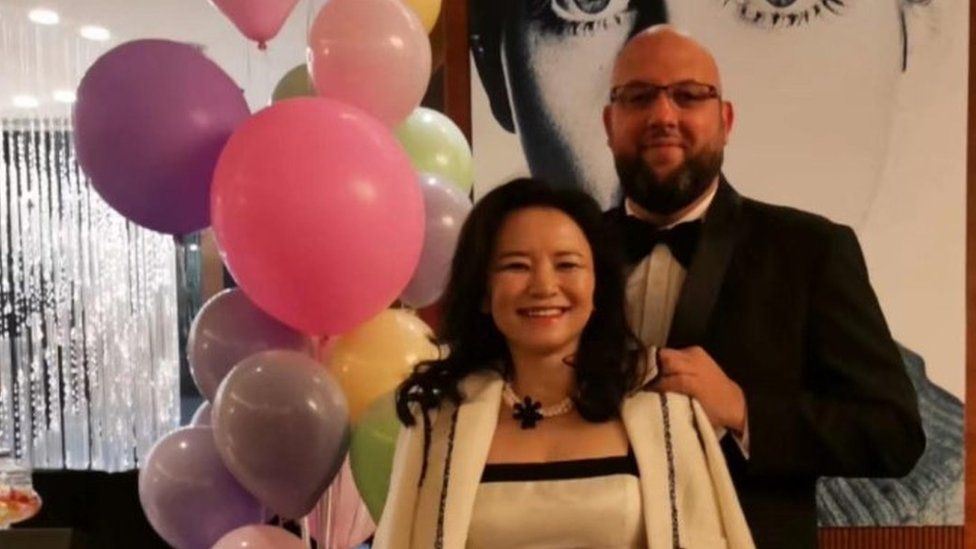
Another Australian who’s been imprisoned following state secrets charges, Yang Hengjun, has also had his sentencing repeatedly postponed.
In China, what might be considered a “state secret” is a sweepingly general concept and can essentially be whatever the government wants it to be.
For a country trying to attract international business investment back to its shores after years of extremely strict Covid lockdown measures, the detention of foreigners for extended periods under an opaque, party-controlled legal system is proving to be a challenge.
Canadians Michael Kovrig and Michael Spavor were held under a form of hostage diplomacy, from 2018 to 2021, in response to extradition proceedings against Huawei’s chief financial officer Meng Wanzhou.
They were released hours after the US extradition request against her was dropped.
Yet the pressure on foreign companies remains.
Six weeks ago, a Japanese executive from a pharmaceutical company was detained, and China’s foreign ministry said he was suspected of carrying out espionage activities. In recent weeks, international corporate research firms have also been raided here.
Many would-be foreign investors are weighing up the risks of remaining in China but also feel they can’t ignore the obvious appeal of the country’s massive domestic market.
Australia and China have a had a rocky few years. Beijing placed sanctions on Australian wine, barley and lobsters. In this country with more than 5% of the entire population tracing their roots back to China, the tensions have been considerable.
Amidst all this friction, Cheng Lei’s case has drawn a lot of attention.
Over the years, the treatment of foreign passport holders with Chinese ancestry has been different to other foreigners when it comes to detention in China: in short, much more strict.
However, if the Chinese government thought that Australians would be less concerned about Cheng Lei because she’s ethnically Chinese, this has not been the case.
When she was picked up, her children were nine and 11. That they have not been able to see their mother all this time has resonated in Australia and beyond.
“Fair-minded Australians – from business to political leaders and in the general public – do not accept the status quo,” Nick Coyle says.
China’s foreign ministry has tried to water down global concerns regarding the case.
At a regular press briefing, spokesman Wang Wenbin said: “China’s judicial authorities have handled the case in accordance with the law, fully protecting Cheng Lei’s legal rights.”
On the second anniversary of her detention, he said that judgement would be passed “in due course”. However, more than a year after her secret trial, there has still been no “judgement”.

Being charged with an offence in China almost certainly means losing. The official conviction rate is nearly 100%. Lawyers and supporters do what they can to minimise the punishment the accused might face under these circumstances.
When it comes to foreigners, their governments attempt to negotiate with their Chinese counterparts to secure the release of their citizens. This can sometimes involve deals.
The Chinese government would like to see a visit to Beijing by Australian Prime Minister Anthony Albanese later this year, to formalise a recent thaw in relations.
The cases involving Cheng Lei and Yang Hengjun could be used as a bargaining chips by the Australian side to clear the path for this visit to take place.
The Australian Government says it has raised their cases on many occasions.
Last week, while he was in London for the Coronation, Mr Albanese said during a television interview that “our position on China has been to engage constructively but to continue to put forward that the impediments to trade should be removed, to say very directly to President Xi, that Australians such as Cheng Lei need to be given proper justice, and that they’re not receiving”.
It will not have gone unnoticed in Beijing that he mentioned Xi Jinping by name.
Much of Cheng Lei’s career had been spent trying to build bridges between the country of her birth and the country her family moved to.
That her case has pushed China and Australia further apart is not something she would have wanted.
In the limited messages from her that are able to come out of the prison via monthly half-hour visits by Australian diplomats, one thing seems to dominate: how much she misses her children and the extent of the pain she feels being away from them.
Nick Coyle says her children, now 11 and 14, have been doing their best to grow up in Australia without their mum, but “for Lei and her kids’ sake, I really hope a solution to all this can be found urgently”.


